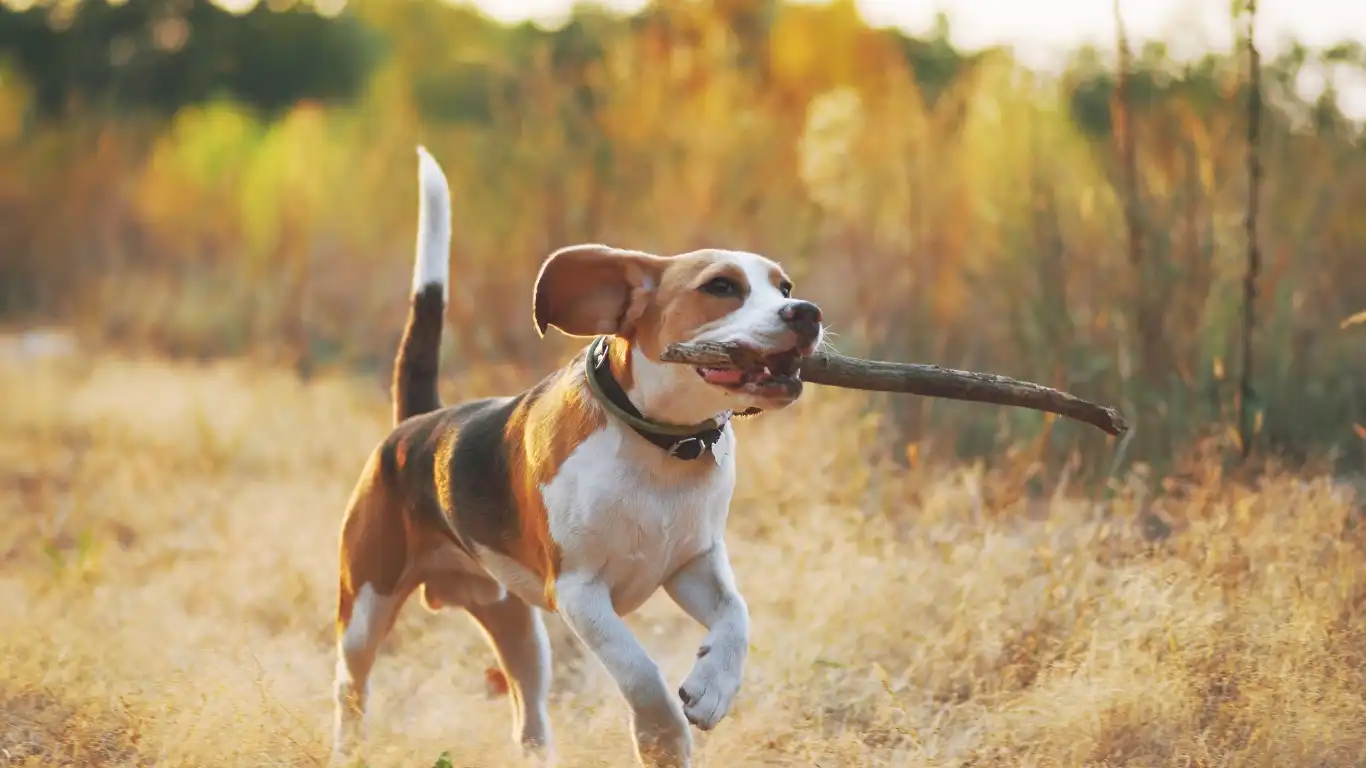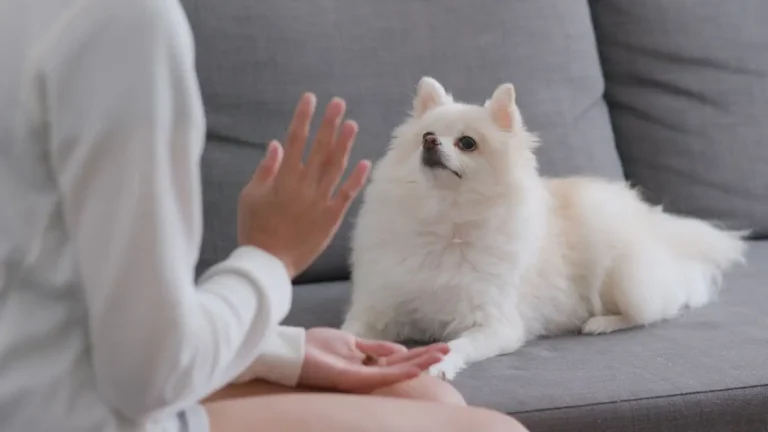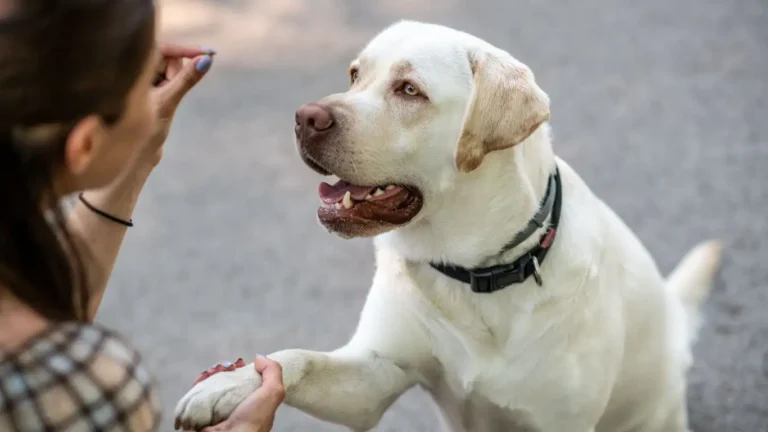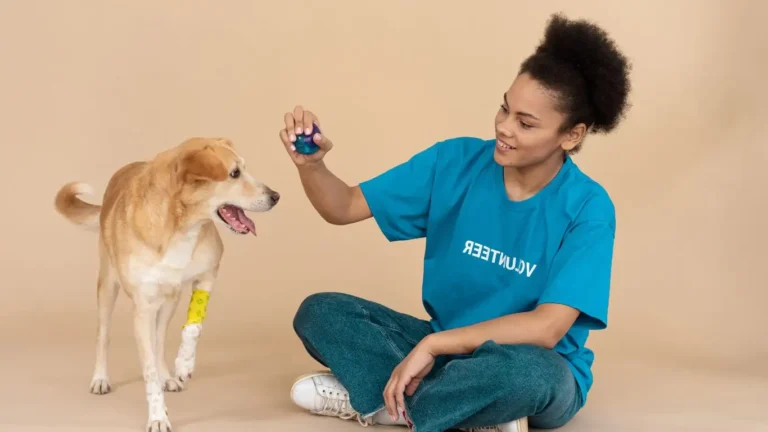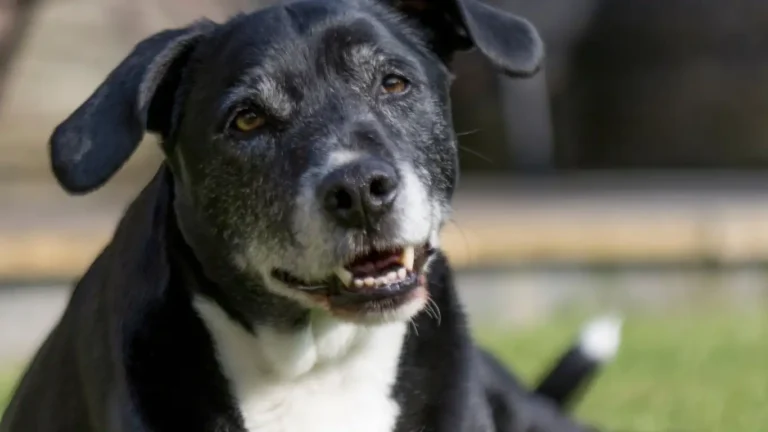How to Prevent Separation Anxiety in Dogs: Effective Solutions
If you’re a dog parent, you know just how heart-wrenching it can be to see your furry companion become stressed when you leave the house. Separation anxiety in dogs is real, and it’s something I’ve encountered time and time again in my work as a Pet Nutritionist and pet care expert. Having worked in veterinary clinics, I’ve had the chance to observe firsthand the impact separation anxiety can have on both pets and their owners. In this article, I’m going to share some tips, tricks, and insights from my own experience to help you understand how to prevent separation anxiety in dogs, so you and your pup can enjoy a stress-free time apart.
What is Separation Anxiety in Dogs?
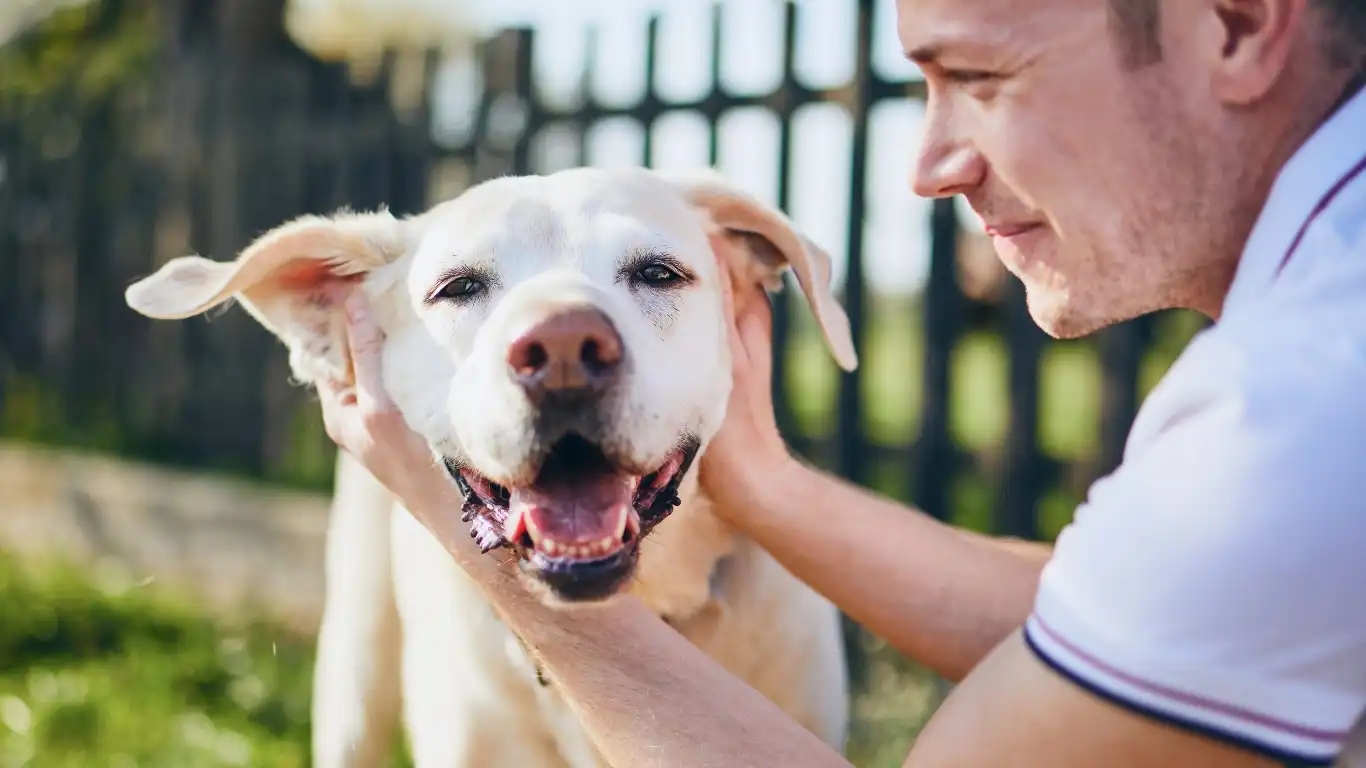
Separation anxiety occurs when dogs become excessively anxious or stressed when they are separated from their owners or caregivers. You might notice your dog becoming distressed when you leave, with behaviors ranging from barking, whining, and pacing to more destructive tendencies like chewing furniture or having accidents indoors. It’s not just about being upset that you’ve left; it’s a deep emotional reaction that can take a toll on your pet’s mental and physical health if not addressed properly.
Why Does Separation Anxiety Happen?
Dogs are incredibly social creatures, and they form strong attachments to their humans. When they’re left alone, they can feel vulnerable, confused, or even scared. In my experience, separation anxiety is often a result of a lack of proper socialization, past traumatic experiences (such as being rehomed), or changes in their routine. This is why it’s crucial to understand the underlying causes of your dog’s anxiety before jumping into solutions. Every dog is different, and what works for one might not work for another.
Early Signs of Separation Anxiety
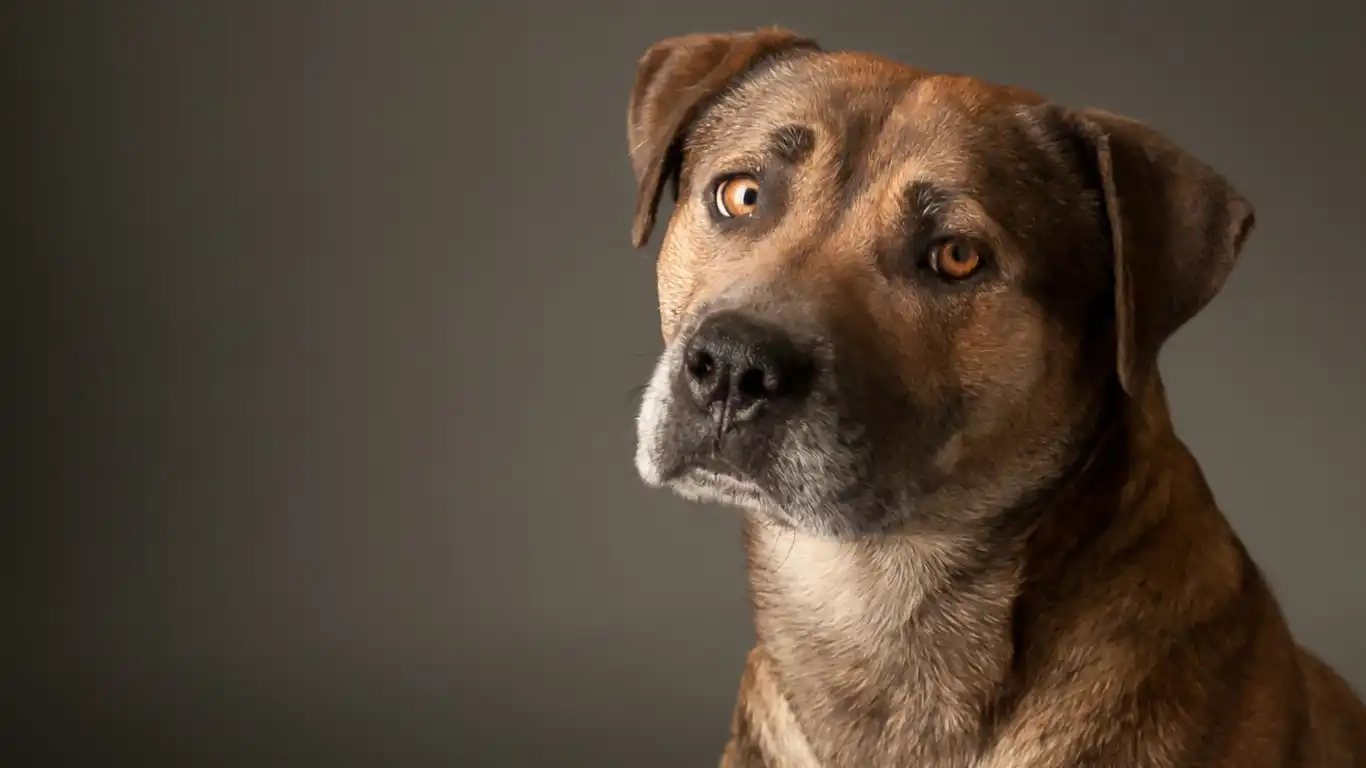
Recognizing the early signs of separation anxiety is key to addressing it before it becomes a bigger issue. From my experience, the earlier you catch the signs, the easier it will be to prevent the problem from escalating. Common symptoms of separation anxiety in dogs include:
- Barking or Whining: One of the first signs you may notice is excessive barking or whining when you leave or even when you’re preparing to leave.
- Destructive Behavior: Dogs suffering from separation anxiety might start chewing on furniture, shoes, or even their own paws.
- House Soiling: Anxiety can cause your dog to forget their house training, resulting in accidents inside the house.
- Pacing: Your dog might walk back and forth in the same area when you’re about to leave.
- Excessive Drooling or Panting: Some dogs show signs of physical distress by drooling excessively or panting heavily when separated from their owners.
If your dog exhibits any of these behaviors, it’s important to take note and start looking into how you can help ease their anxiety.
How to Prevent Separation Anxiety in Dogs

Preventing separation anxiety from developing in the first place is always the best route. I’ve worked with many pet parents who are worried about their dogs’ mental well-being, and there are a few key steps you can take to prevent anxiety from taking hold:
1. Gradual Departure Training
One of the most effective ways to prevent separation anxiety is to get your dog used to you leaving, but in a gradual way. Start by stepping outside for just a few minutes and then coming back in. Over time, you can increase the length of time you’re gone. This helps your dog understand that you always come back, and the fear of being left alone lessens.
2. Keep Departures and Arrivals Low-Key
In my experience, a big mistake people make is making a big deal out of their departures and arrivals. This can actually increase anxiety in dogs because it reinforces that your leaving is something to be stressed about. Instead, try to keep your departures and arrivals calm and unexciting. By doing this, you’ll help your dog view these moments as just another part of the daily routine.
3. Enrichment Activities and Toys
Keeping your dog mentally stimulated when you’re gone can also help with preventing separation anxiety. Interactive toys, treat-dispensing puzzles, or even a comfy bed with your scent can keep your dog distracted and relaxed. As a pet nutritionist, I also recommend giving them something tasty to munch on, like a long-lasting chew toy. This can help keep their mind off your absence and promote a sense of calm.
4. Establish a Consistent Routine
Dogs thrive on routine, and the more predictable their daily schedule is, the more comfortable they feel. By sticking to a routine with regular feeding, walks, and playtime, your dog will feel more secure. This structure helps prevent feelings of insecurity or confusion when you’re not around.
5. Desensitize Your Dog to Your Absence

In my work as a Pet Nutritionist and pet care expert, I’ve seen how desensitizing a dog to your absence can work wonders in preventing separation anxiety. One approach that works well is practicing short separations during which you gradually extend the time you’re gone. It’s all about building tolerance over time. Start with just a minute or two and gradually increase it. This gives your dog a chance to adjust to the fact that you’ll always come back—just like before. The more you practice, the more confident they will become in being alone.
6. Create a Safe, Comfortable Space
When you’re not around, your dog needs a space that feels safe and cozy. In my experience, creating a “safe zone” where they can retreat to when you leave is extremely effective in preventing anxiety. This could be a crate, a particular room in the house, or a special corner with their favorite bed or blanket. The key is to make the area feel as comforting and secure as possible. I recommend adding their favorite toys and even a piece of your clothing with your scent, so they feel more connected to you.
7. Try Calming Aids
If your dog is still struggling with anxiety despite your best efforts, there are some calming aids you can try. In my work, I’ve seen natural supplements like calming chews or pheromone diffusers work wonders for certain dogs. These products can help reduce stress and promote relaxation. You may also want to consider products like calming music or dog-specific TV shows. These tools, combined with your ongoing training efforts, can help make those moments apart more manageable for your dog.
When to Seek Professional Help

While the strategies I’ve shared so far can help most dogs, there are cases where separation anxiety is more severe. In these instances, seeking professional help is essential. As someone who has seen a variety of cases over the years, I can tell you that sometimes it takes a trained professional—like a veterinary behaviorist or a dog trainer with experience in anxiety issues—to address the problem effectively.
If your dog is engaging in destructive behaviors like excessive chewing, scratching, or trying to escape when left alone, this is a red flag. In these cases, it’s important to reach out for professional help. Behavioral therapy, medications, and more specialized treatments can be used to address these deeper issues. A professional can help identify the underlying cause of your dog’s anxiety and develop a personalized treatment plan.
8. Exercise and Physical Stimulation
One thing I’ve learned through my years of working with dogs is how much of an impact exercise can have on anxiety. A tired dog is a happy dog, and this is especially true when it comes to separation anxiety. By ensuring your dog gets plenty of exercise before you leave, you help burn off excess energy and calm their mind. Regular walks, playtime, and even mentally stimulating activities like puzzle games can help reduce overall anxiety levels. In my experience, dogs that are physically and mentally stimulated tend to cope better when left alone.
9. Use of Positive Reinforcement
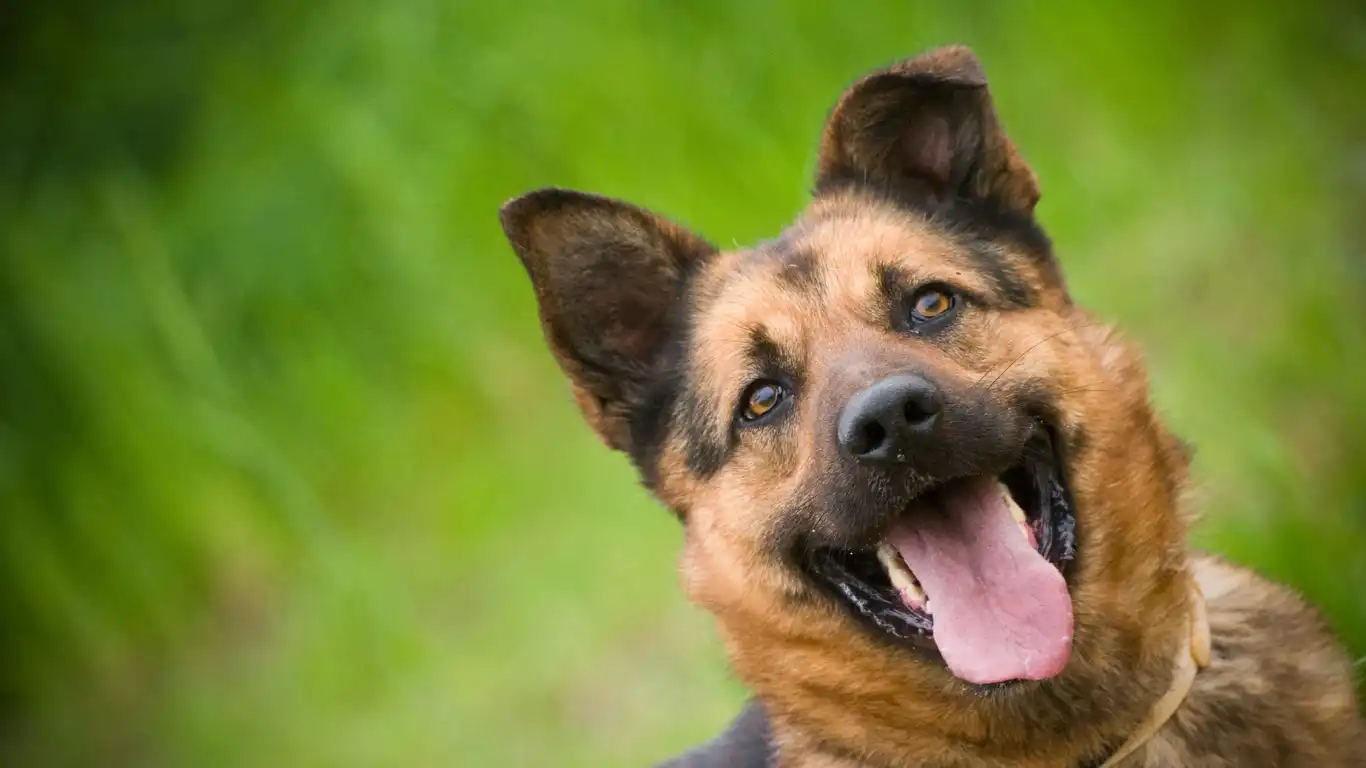
Positive reinforcement is one of the best tools you can use to prevent separation anxiety in dogs. Rather than punishing anxious behaviors, focus on rewarding your dog for calm and relaxed behavior when you leave or return. I’ve found that when you reinforce positive behavior, your dog starts to understand that staying calm is what gets them the attention and treats they love.
For example, when you leave, you can give your dog a treat or a special toy to associate your departure with something positive. When you return, don’t make a big fuss or reward overly excited behavior. Instead, calmly acknowledge them and reward them when they’re calm and relaxed. This teaches them that calmness leads to rewards and that there’s no need to be anxious about your absence.
10. Be Patient and Consistent
At the end of the day, one of the most important things I’ve learned in my career as a pet care expert is that consistency and patience are key. Training your dog to be comfortable with your absence is not an overnight process. It’s going to take time, and there will likely be setbacks along the way. But don’t get discouraged—keep working on your dog’s comfort level, and remember to celebrate the small victories.
Every dog is different, so the strategies that work for one might not work for another. It’s important to remain patient and adapt as needed. And don’t forget to consult with your vet if you need additional guidance or to rule out any underlying medical conditions that might be contributing to your dog’s anxiety.
11. Incorporating Crate Training
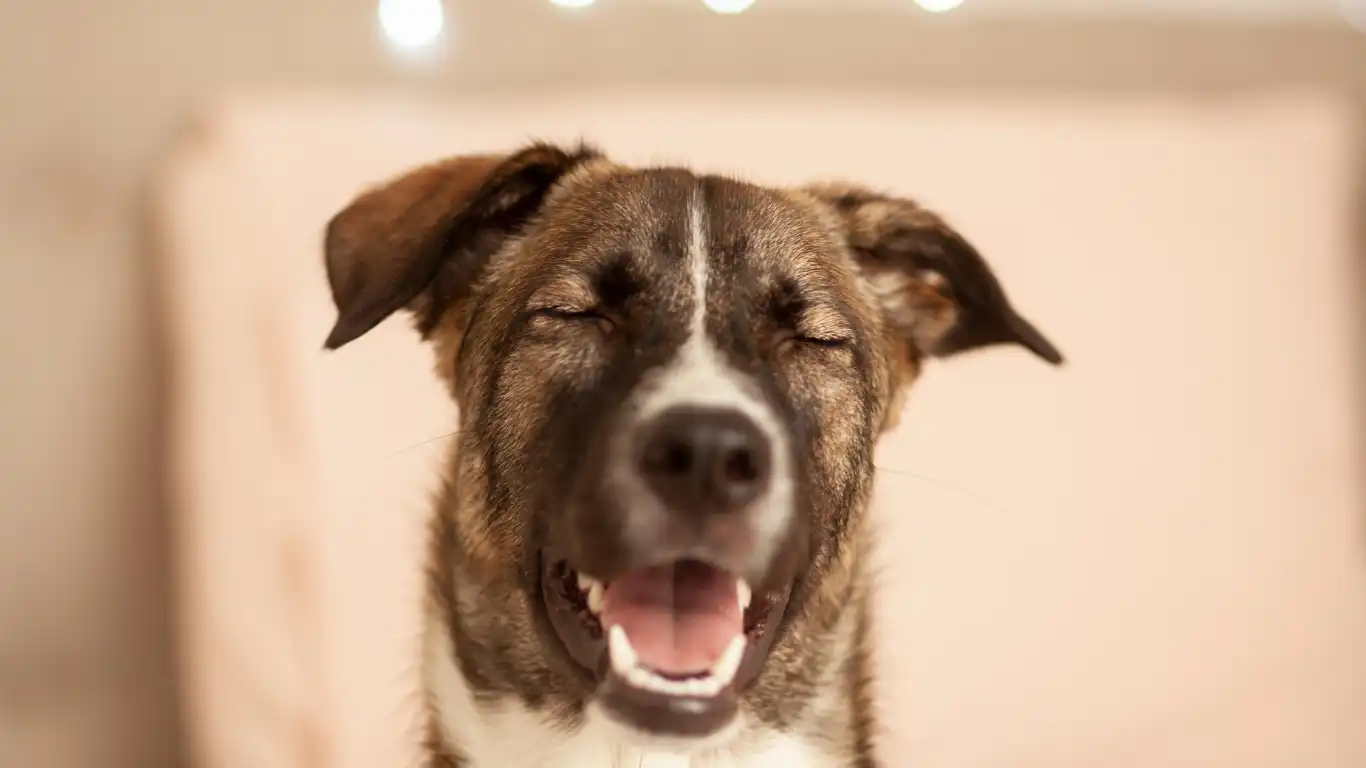
Crate training can be a game changer when it comes to preventing separation anxiety. Now, I know some people have concerns about crates, thinking it might make their dogs feel trapped or isolated. But from my experience as a pet care expert, a well-placed crate can actually provide your dog with a sense of security and a safe space when they are alone.
Start by introducing the crate as a positive space. Don’t force your dog into it; instead, make it inviting with a comfy bed, toys, and treats. I recommend allowing them to explore it on their own, so they can see it’s not a punishment, but a retreat. Over time, you can extend the amount of time your dog spends in the crate while you’re home before gradually leaving them alone in it. Crate training, when done properly, can help ease anxiety because your dog starts associating their crate with comfort and safety rather than stress.
12. Medication as a Last Resort
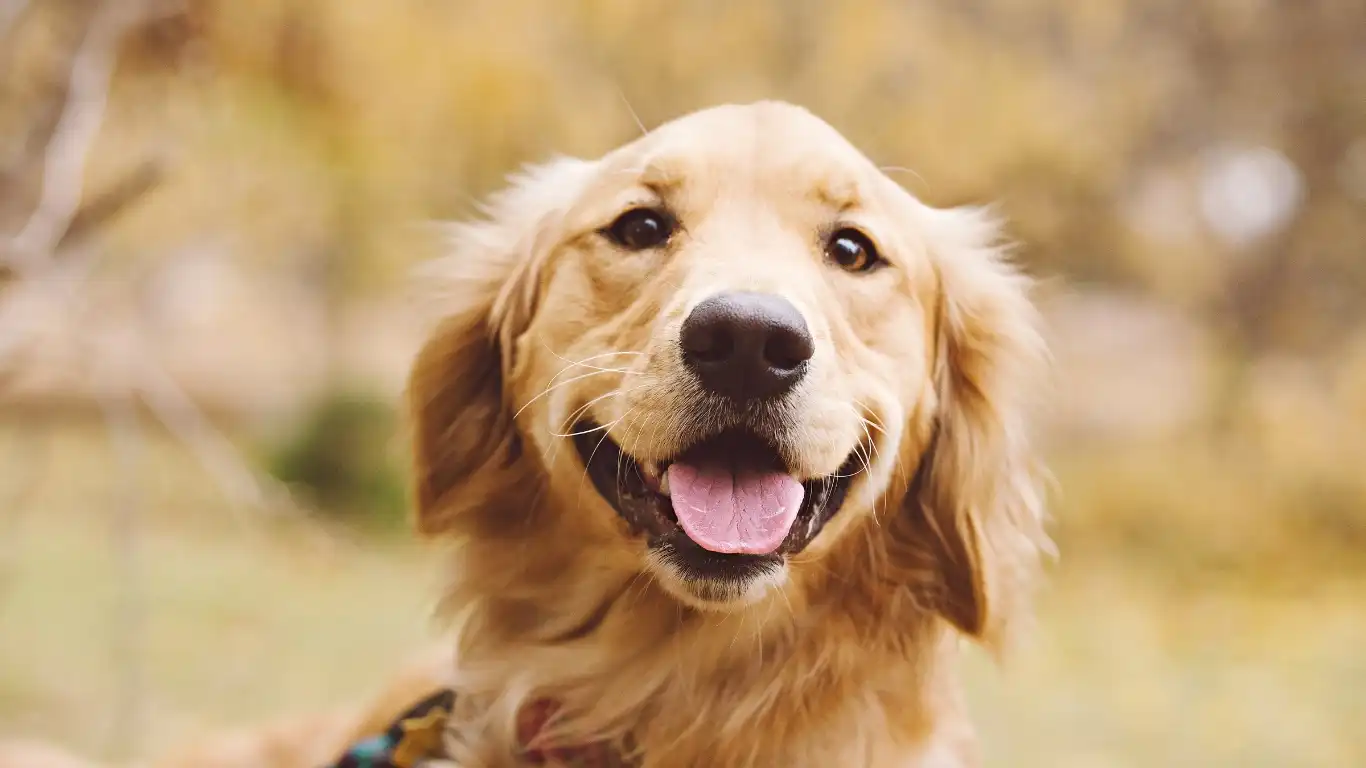
Sometimes, despite all your efforts, your dog may still struggle with separation anxiety. This is when medication may be considered as part of a comprehensive treatment plan. It’s something I’ve seen be effective in more severe cases, particularly when the anxiety is causing significant distress or harm to the dog. However, medication should always be a last resort and only used under the guidance of your vet.
There are different types of medication that can help alleviate anxiety in dogs, such as anti-anxiety drugs or natural supplements. These medications work by calming your dog’s nervous system, making it easier for them to cope with being alone. I always stress to pet parents that medication should be combined with behavior modification strategies like the ones I’ve shared throughout this article. Medications work best when paired with training and environmental changes, rather than being relied on solely.
13. Consider Doggy Daycare or Pet Sitters
If you’re finding it difficult to manage your dog’s separation anxiety despite your best efforts, it might be worth considering alternative solutions. Doggy daycare or a pet sitter can be great options if your dog’s anxiety is particularly severe. In some cases, dogs simply need the company of another person or animal to feel more secure when their owner is away.
In my experience, many dog owners have found that a few days a week at a reputable daycare or having a pet sitter come by can provide the relief their dog needs. Socializing with other dogs or just having someone to interact with can make a huge difference. It can help break up the monotony and make them feel less isolated, which ultimately helps reduce the symptoms of separation anxiety.
14. Building Emotional Bonds to Prevent Separation Anxiety
A strong bond between you and your dog is essential when it comes to preventing separation anxiety. The stronger your emotional connection, the more secure your dog will feel when you’re away. I’ve worked with so many pet parents who were able to ease their dog’s anxiety simply by reinforcing the bond they share with their pets.
Spend quality time together, engage in activities your dog loves, and provide positive reinforcement for good behavior. A secure, well-adjusted dog is far less likely to experience severe separation anxiety. Whether it’s through daily walks, playtime, or cuddles, make sure your dog knows they’re loved and safe in your presence. It’s this kind of reassurance that can help your dog build confidence and reduce fear when you’re not around.
15. The Role of Positive Socialization
Socialization is another key factor that can play a huge role in preventing separation anxiety. If your dog is well-socialized, they’re more likely to cope better when left alone. Dogs that have learned to interact with other people, pets, and new environments are typically more adaptable and less reliant on their owners. If your dog has had limited social exposure, it can increase their stress levels when they’re left alone.
As part of their early socialization, take your dog to different places, introduce them to a variety of people and dogs, and expose them to different sounds, smells, and environments. This helps them build confidence and learn how to navigate the world outside your home. In my experience, dogs that are well-socialized are usually less prone to developing separation anxiety later on because they’ve learned to feel comfortable in various situations.
References
Throughout this article, I’ve shared practical tips and strategies based on my personal experience as a pet nutritionist and expert in the veterinary field. The methods I’ve mentioned have been tried and tested, and I hope they’ll help you support your dog in overcoming separation anxiety. For additional resources and expert advice, I recommend checking out reputable pet care websites such as PawPatron, where you can find more helpful insights about dog behavior and anxiety.
Disclaimer
Please note that while the advice shared in this article is based on my experience and expertise, it is important to remember that each dog is unique. If your dog’s separation anxiety is severe or persists despite your best efforts, it’s always a good idea to consult with a veterinarian or a professional dog behaviorist. Medical conditions or underlying behavioral issues can sometimes contribute to anxiety, so professional guidance is essential for creating a treatment plan tailored to your dog’s needs.
